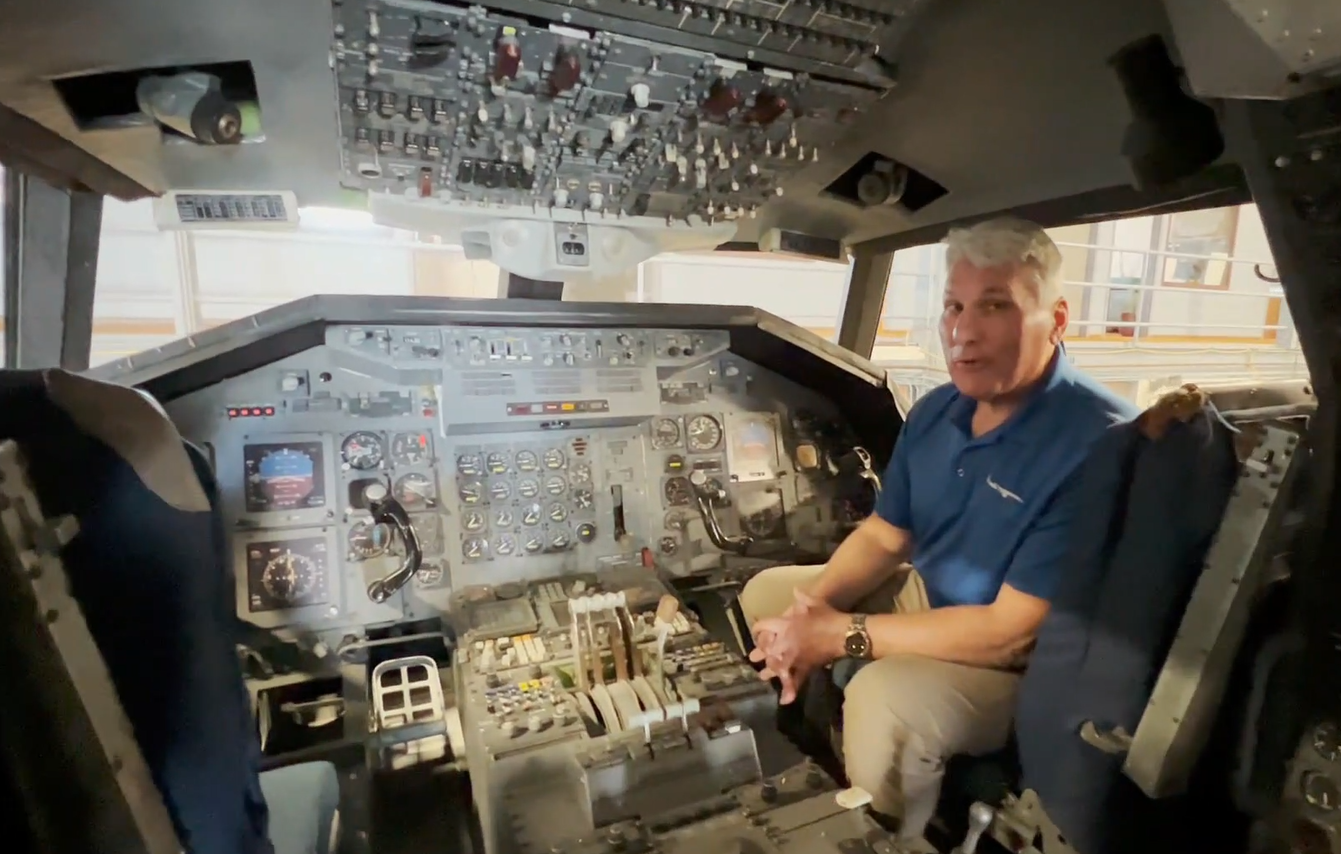MH370: Ground-Breaking Report Reveals Location
31 August, 2023
4 min read
By joining our newsletter, you agree to our Privacy Policy
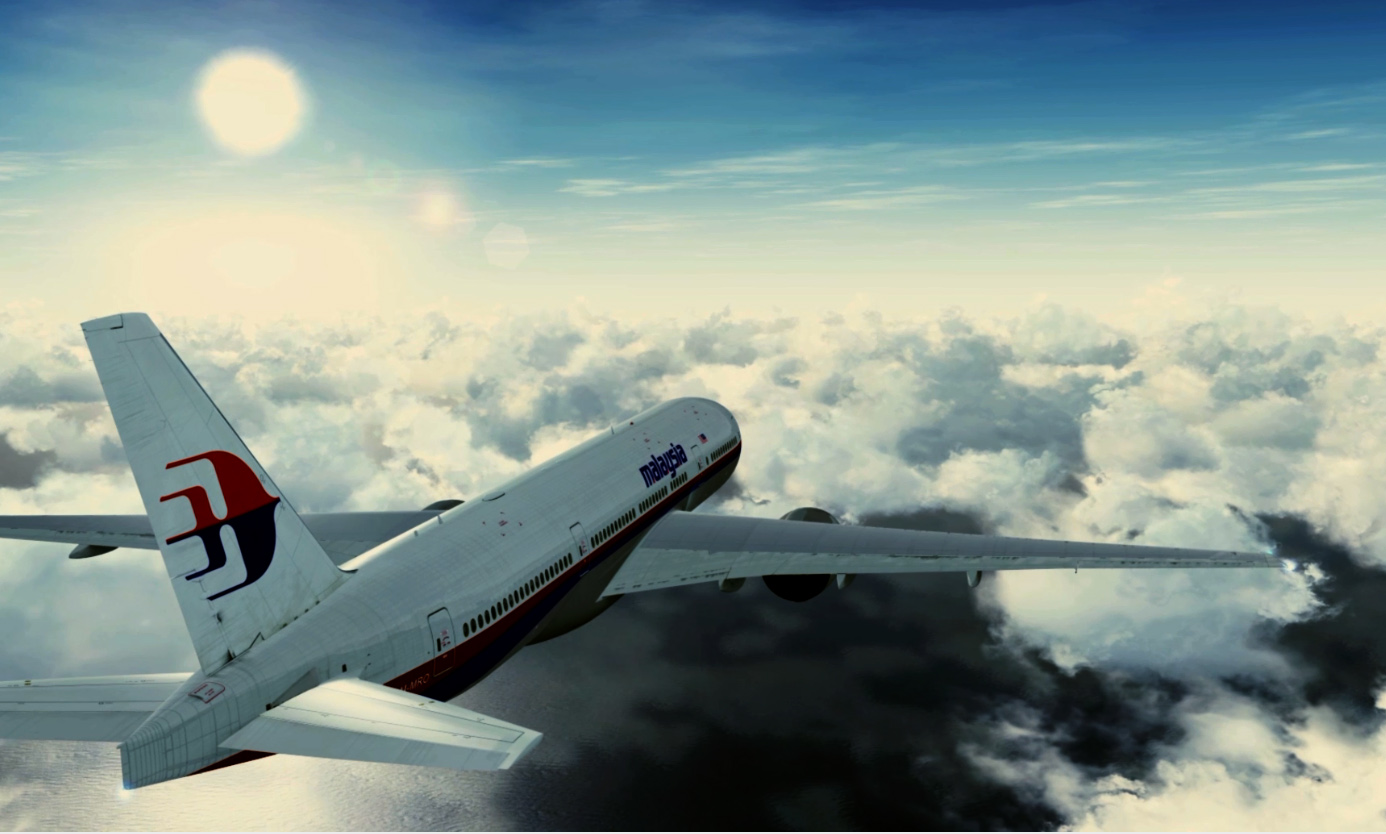

There has been a groundbreaking new development in the search for MH370, with a report revealing a new location for the missing aircraft.
British aerospace engineer Richard Godfrey and academics Hannes Coetzee and Prof. Simon Maskell today published 232-page report detailing where the plane likely ended its final journey.
The trio used amateur radio technology called Weak Signal Propagation Reporter (WSPR) to detect and track flight MH370 while it was still in the air.
When an aircraft flies through a WSPR link (amateur radio signal) it disturbs the signal and that signal and the resulting disturbances have been stored in a global database since 2009.
Airline Ratings can exclusively reveal that the method has tracked the aircraft to a new location is 1,560km or 842nmi west of Perth (277 degrees) - slightly north of that previously thought. The aircraft is believed to be resting at a depth of up to 4,000m.
WSPR technology has been developed over the past three years and the results represent credible new evidence in the search for MH370 and could finally give closure to the families of the 239 people on-board.
Over 120 books written about the MH370 disappearance
JOIN: AirlineRatings.com YouTube Channel
GET: Accurate MH370 Information From AirlineRatings.com Newsletter
From the last known radar position, the report presents 67 positions for MH370 over the next 6 hours and 27 minutes of flight, as detected by a total of 125 anomalous WSPR links.
The results of this case study align with the analyses by Boeing and Inmarsat and the drift analysis by the University of Western Australia of the MH370 floating debris that has been recovered from around the Indian Ocean.
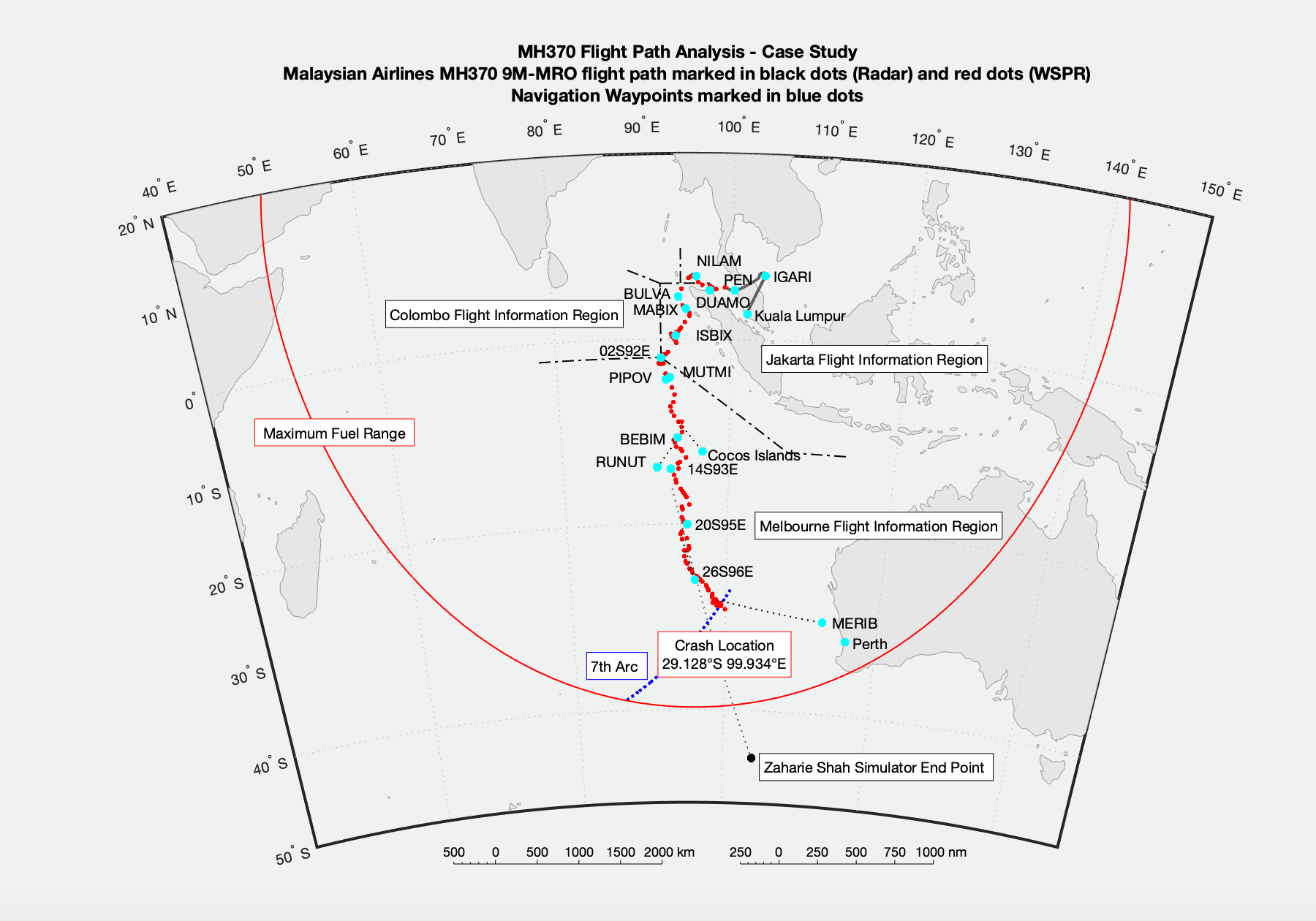
Dr Robert Westphal, an expert in passive radar systems, first proposed the idea of using WSPR transmissions to detect and track MH370 in July 2020. Dr. Westphal presented his ideas in a paper titled “Geocaching in the Ionosphere” at the HamSCI conference in 2021.
Dr Westphal had previously written a paper in 2015 proposing the use of GPS satellite signals as a passive radar system and holds several related patents.
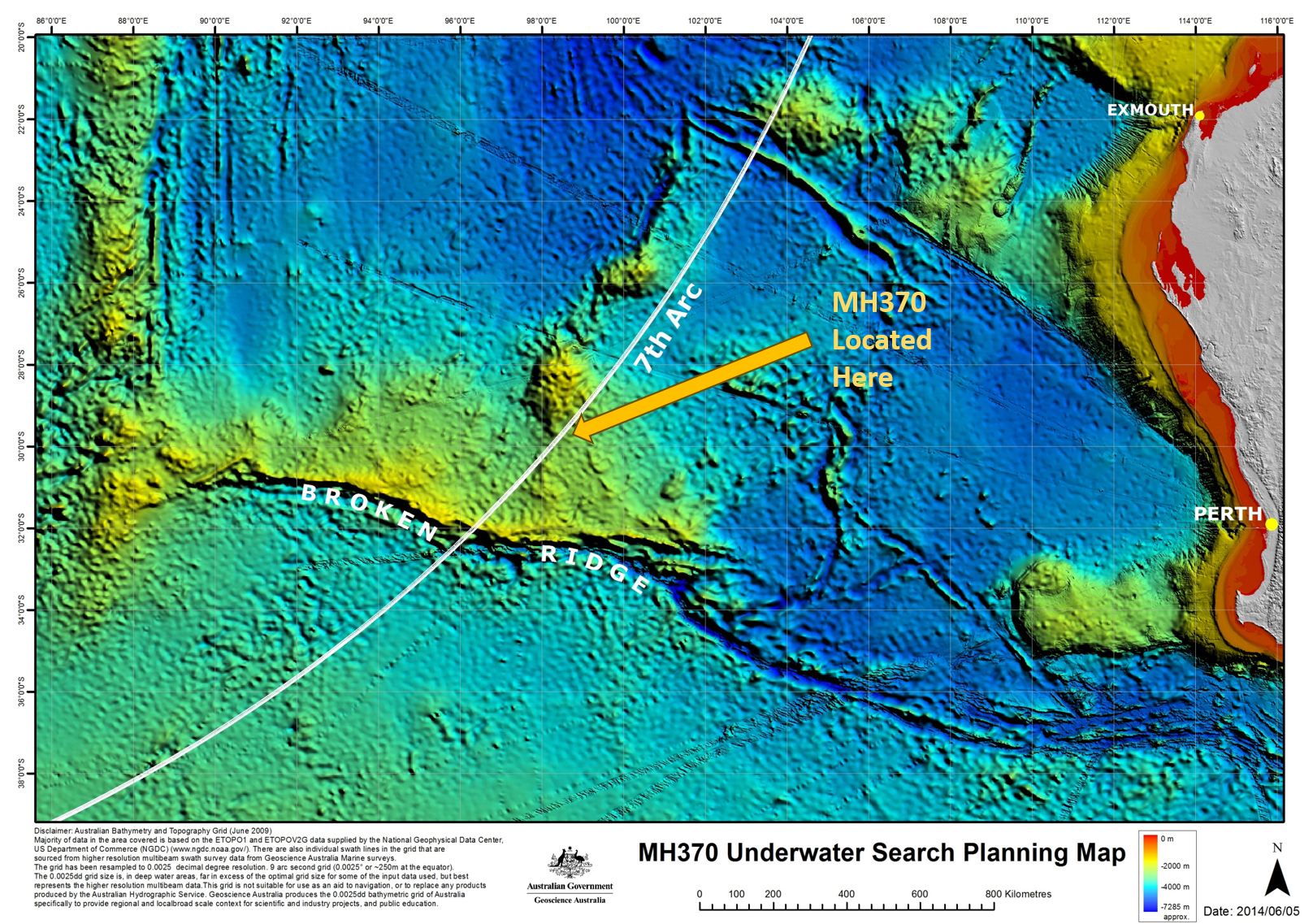
A crash location of around 29.0°S 99.5°E is within the area defined by Prof. Pattiaratchi and Prof.Wijeratne of the University of Western Australia in their drift analysis, which was between 28°Sand 33°S along the 7th Arc.
The crash area is 70nmi by 40nmi or 130 km by 74km and about 46 per cent of the new area has been searched before.
The prime location is 1,560km or 842nmi from Perth.
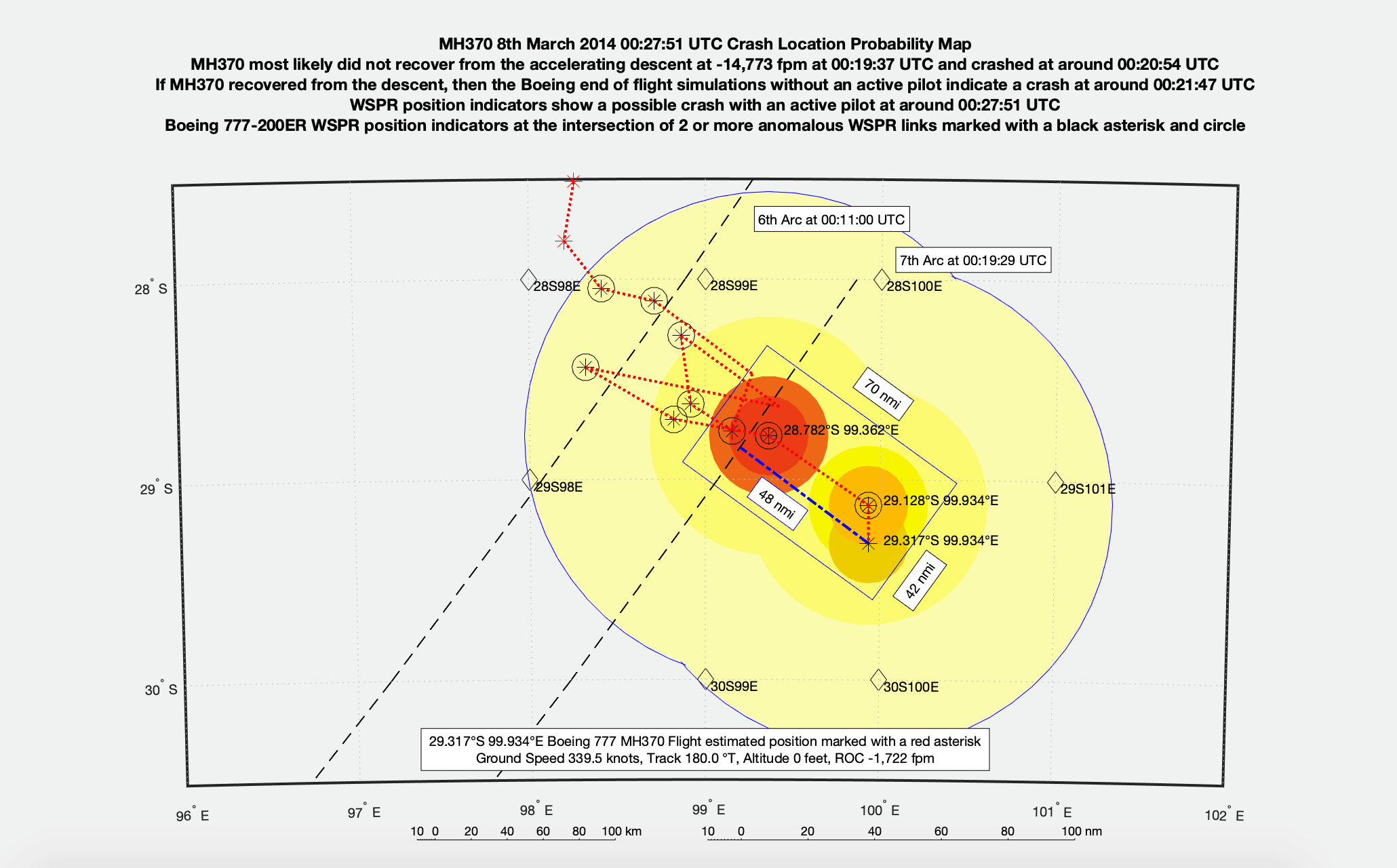
In Boeing’s end-of-flight simulations, the company suggested that the 777 could have, depending on a range of factors, glided up to 58nmi (107 km).
The surface wind at 29.128°S 99.934°E on 8 March 2014 at 00:00 UTC was 17.8 knots from 150°T. The wind was a fresh breeze and the wave height would be just over 1.1m, with small waves becoming longer and with numerous white caps.
Part of the crash area shown in the above graphic was searched before by Ocean Infinity on 10 May 2018. The search width on either side of the 7thArc was around 22 nmi at this latitude.
As no points of interest were found during the previous search, it is, therefore, reasonable to start with that part of the new search area further out than 22 nmi from the 7th Arc and not previously scoured by the autonomous Underwater Vehicles (AUVs) from Ocean Infinity the report says.
MH370 is one of the greatest aviation mysteries of all time.
Malaysian Airlines flight MH370 was operated by a Boeing 777-200ER aircraft with the registration 9M-MRO. The aircraft departed Kuala Lumpur International Airport, Malaysia on 8th March 2014 just after midnight at 00:41 local time and was scheduled to arrive at Beijing Capital International Airport, China at 06:30 local time.
MH370 was diverted to the Indian Ocean and crashed after 7 hours 46 minutes, around 11 minutes after running out of fuel. There were 227 passengers and 12 crew on board from 14 different nations including 153 passengers from China, 38 passengers and 12 crew from Malaysia as well as 6 passengers from Australia.
Next Article
Qantas triples profit but misses mark

Get the latest news and updates straight to your inbox
No spam, no hassle, no fuss, just airline news direct to you.
By joining our newsletter, you agree to our Privacy Policy
Find us on social media
Comments
No comments yet, be the first to write one.

